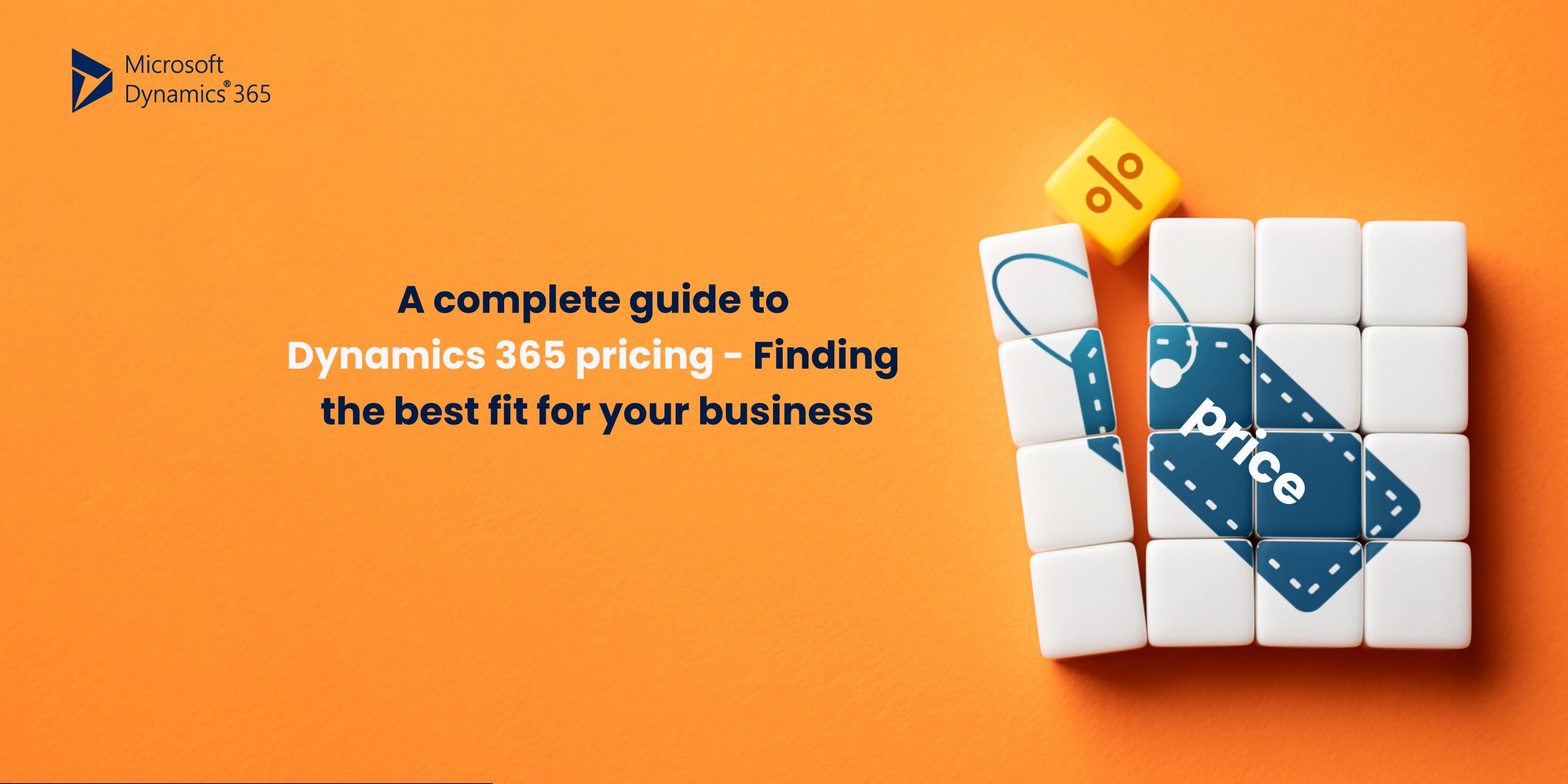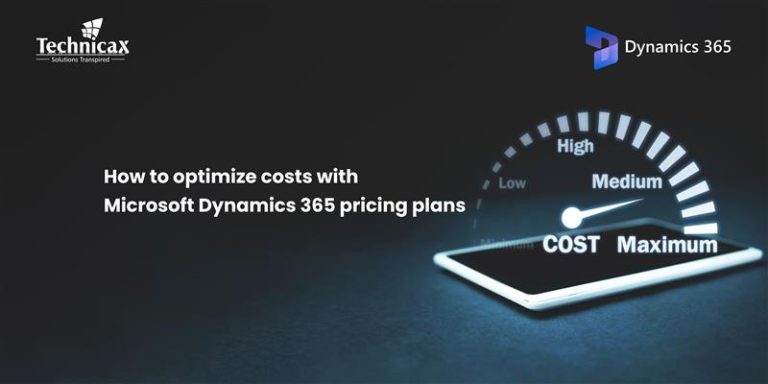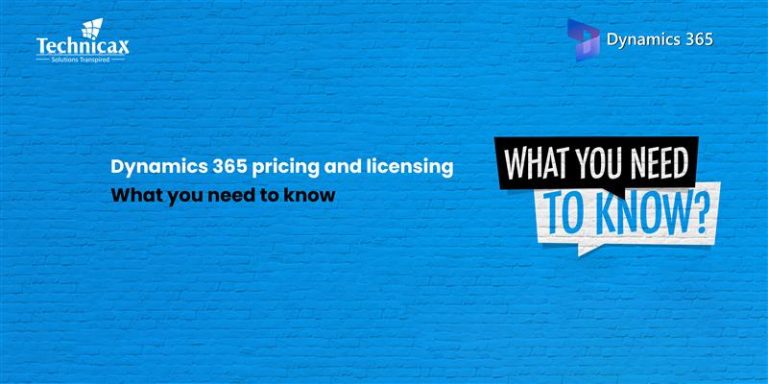Understanding the pricing structure of Microsoft Dynamics 365 is crucial for adoption. Microsoft offers flexible pricing options tailored to different organizations, helping you find the best solution for your budget and business goals.
1. Flexibility and customization
Microsoft designed Dynamics 365 pricing to be flexible, allowing businesses to pay only for the features they need. Instead of a one-size-fits-all model, it offers pricing tiers based on users, apps, and customization levels, enabling organizations to choose options that fit their needs.
2. Key factors that affect pricing
Several factors influence Dynamics 365 pricing, which may vary based on the scope of your project and organizational needs
Licensing models
- Dynamics 365 offers two licensing options: per app pricing or plan-based pricing. Businesses can subscribe to individual apps like Sales, Customer Service or Finance or choose bundled plans that include multiple apps.
User types
- It varies based on user types. Full users, like salespeople or service reps, need complete access, while light users or team members may only require limited access for specific tasks.
Cloud vs on-premises
- The deployment model can also affect pricing. Businesses can choose between a cloud-based subscription or an on-premises setup, with cloud deployments typically being more cost-effective and scalable.
3. Pricing plans – What’s included
Microsoft offers several key pricing options for Dynamics 365, tailored to different organizational needs
Per app pricing
Starting at around $65 per user/month for individual apps like Dynamics 365 Sales, this model is ideal for businesses that want to implement only one or two specific applications.
Plan-based pricing
Businesses requiring multiple applications can opt for bundled plans like the Customer Engagement Plan or Unified Operations Plan, starting at $115 per user/month. These plans offer better value for larger organizations needing more extensive functionality.
Team member license
For users who only need limited access, the Team Member license costs approximately $8 per user/month, providing a cost-effective solution for large teams.
For a full overview of the Dynamics 365 pricing breakdown, you can explore Microsoft’s official pricing guide.
4. Getting the most value from your Dynamics 365 investment
To ensure your business gets the most value from its Dynamics 365 investment, it’s important to assess your specific needs before committing to a pricing plan. Consider starting with a trial version or using the pay-as-you-go model to test how well the solution fits into your existing processes.
Additionally, it is important to consider the scalability of the system. As your business grows, Dynamics 365’s pricing structure allows you to easily add more apps or users without having to overhaul the system. Consequently, this flexibility ensures that you’re never locked into a rigid, outdated plan. Thus, you can adapt your resources to meet evolving business needs effectively.
5. Dynamics 365 for SMBs and enterprises – Tailored solutions
Dynamics 365, though often linked to large enterprises, is also accessible to SMBs with flexible pricing. SMBs can select essential apps, allowing them to use enterprise-grade tools without a large financial commitment.
Larger enterprises benefit from Dynamics 365’s extensive app offerings, advanced customization, and seamless integration with Microsoft tools like Power BI and Azure.
6. Final thoughts – Finding the right pricing model
Choosing the right Dynamics 365 pricing model for your business ultimately depends on your unique requirements. With its flexible licensing options, businesses of all sizes can find the perfect plan to support their digital transformation efforts without overspending.
Making the right choice for your business
Understanding Dynamics 365 pricing is vital for businesses aiming to leverage its powerful capabilities. Therefore, by thoroughly assessing your organization’s specific needs and thoughtfully considering user types, you can effectively select the right licensing model.
Conclusion
Ultimately, this comprehensive approach enables you to create a tailored solution that not only maximizes functionality but also enhances cost-effectiveness. Consequently, you can ensure that your investment aligns seamlessly with your business goals. Furthermore, by focusing on both functionality and cost, you position your organization to achieve greater efficiency and effectiveness in the long run. In doing so, you not only meet immediate needs but also set the stage for future growth and success.
Check out the related blogs for further reading
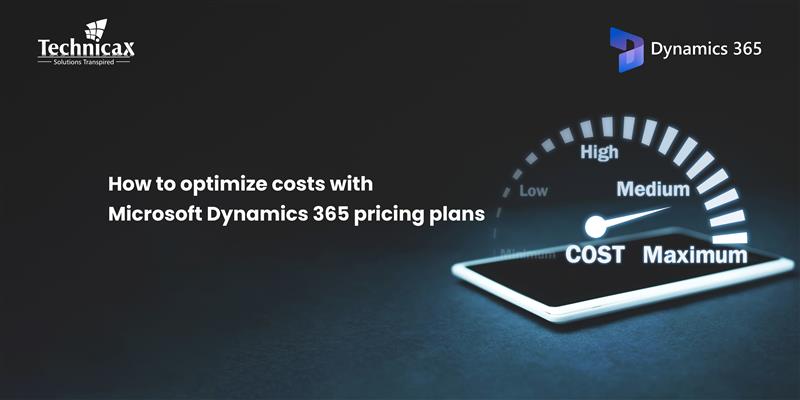
How to optimize costs with Microsoft dynamics 365 pricing plans
Microsoft Dynamics 365 pricing can be complex, but with the right approach, businesses can control costs while maximizing…
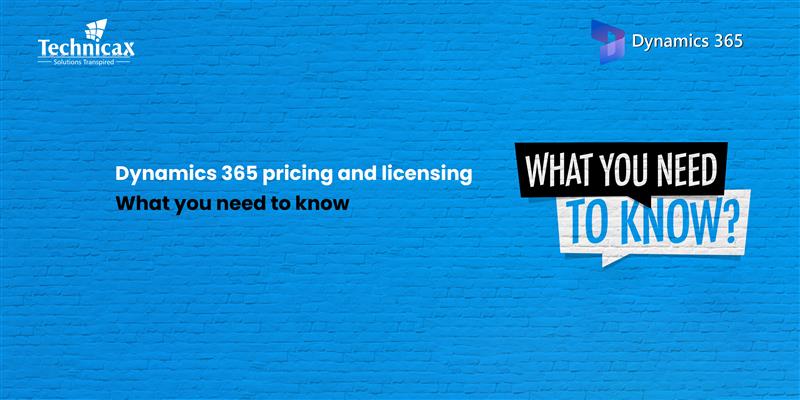
Dynamics 365 pricing and licensing – what you need to know
Microsoft Dynamics 365 is a cloud-based suite of business applications designed to help organizations manage operations efficiently. It…

Dynamics 365 Fraud protection – key features and benefits for businesses
Fraud is a growing concern for businesses, significantly impacting revenue, security, and customer trust. As digital transactions continue…

